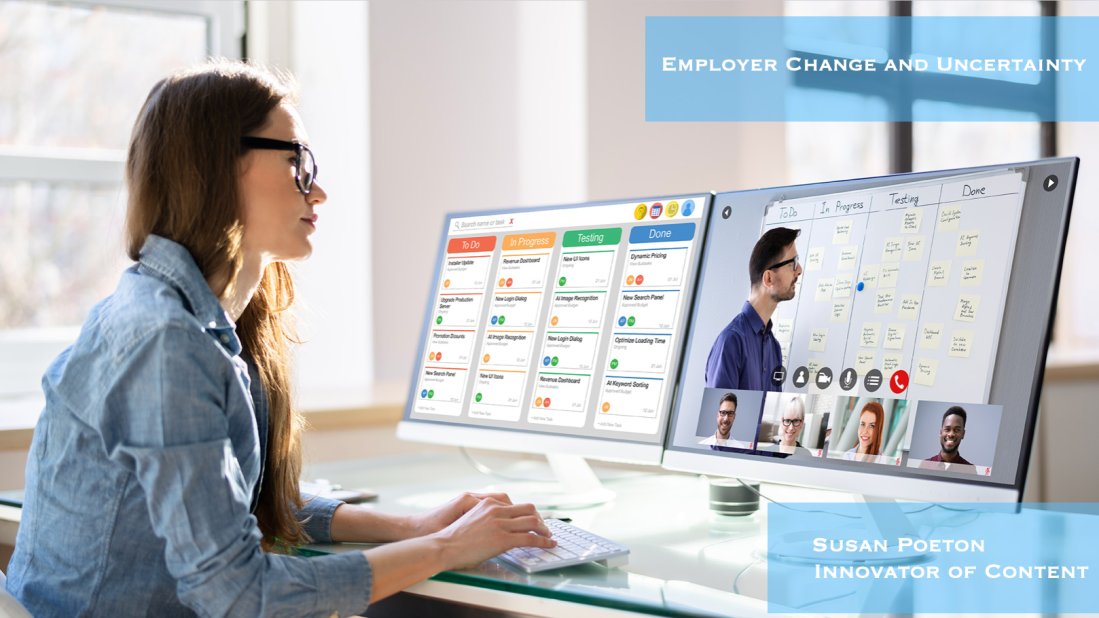Workspace solutions provider and the world’s largest employment and law practice Littler just released its 12th Annual Employer Survey of more than 400 in-house lawyers, business executives, and human resources professionals (11% of whom are in the manufacturing industry, which is of particular relevance to us here at Industry Today). The 30 page report covers a range of topics, encompassing new regulatory enforcement and a potential rise in employment-related litigation.
We live in a time of great change and uncertainty. We’re unsure of whether these are the best times, or the worst times, to paraphrase Dickens. Generative artificial intelligence (AI) promises to revolutionize the workplace, yet many of those surveyed by Littler are somewhat cautious. Slightly more than half of the respondents don’t even use it, while even those who do use AI tools express reservations about data protection and information security compliance.
“Employers should be intentional about their generative AI usage, not only with regard to whether they use it at all, but also how, why and when,” said Niloy Ray, Littler shareholder and a core member of the Littler’s AI and Technology Practice Group. “Policies governing the safe usage of AI can help protect against inadvertently running up against data privacy, discrimination and other potential vulnerabilities, along with the reputational issues that can stem from AI hallucinations.”
Some fear that AI will eventually replace people altogether. But in the meantime, four years after the pandemic, employers are increasingly asking for a return to in-person work. Still, according to the report, only 17% require in-person work everyday; 71% operate under a hybrid schedule, but with a trend towards more days in the office.
Even as employees expect more work schedule flexibility, employers seemingly yearn for the days of yesterday when being in the office was a given. Three quarters of those surveyed say they are tracking in-office attendance, with the largest share (51%) tracking badge swipes of employee building entrances. Exactly what they intend to do with this tracking is unclear.
“Though the pandemic may be in the rear-view mirror for most purposes, many employers are still seeing its lasting effects in the form of vastly increased accommodation requests, particularly related to mental health,” said Littler shareholder Devjani Mishra. “Additionally, the survey finds half of employers continuing to see requests for hybrid or flexible work that are not tied to any legally protected reason, reflecting a fundamental shift in how remote work has become an expectation for many employees.”
In addition to AI and remote/hybrid work schedules, the Littler report explores other timely issues such as the impact of efforts to restrict non-compete agreements, pay equity issues, and uncertainty surrounding corporate diversity initiatives.
Download the Littler® Annual Employer Survey, 2024
What elements of change and uncertainty confront your organization? Are you embracing AI? Does a remote/hybrid work schedule improve or impair your productivity? See our editorial guidelines to share your experiences with our readers.
Read more about me or visit my Signitt.
Tags: #littleremployersurvey #AI #remote/hybridwork #susanpoeton #Industrytoday









